The historical dictionaries present essential information on a broad range of subjects, including American and world history, art, business, cities, countries, cultures, customs, film, global conflicts, international relations, literature, music, philosophy, religion, sports, and theater. Written by experts, all contain highly informative introductory essays on the topic and detailed chronologies that, in some cases, cover vast historical time periods but still manage to heavily feature more recent events.
Brief AZ entries describe the main people, events, politics, social issues, institutions, and policies that make the topic unique, and entries are cross-referenced for ease of browsing. Extensive bibliographies are divided into several general subject areas, providing excellent access points for students, researchers, and anyone wanting to know more. Additionally, maps, photographs, and appendixes of supplemental information aid high school and college students doing term papers or introductory research projects. In short, the historical dictionaries are the perfect starting point for anyone looking to research in these fields.
Historical Dictionaries of
Asia, Oceania, and the Middle East
Jon Woronoff, Series Editor
Guam and Micronesia, by William Wuerch and Dirk Ballendorf. 1994.
Palestine, by Nafez Y. Nazzal and Laila A. Nazzal. 1997.
Lebanon, by Asad AbuKhalil. 1998.
Azerbaijan, by Tadeusz Swietochowski and Brian C. Collins. 1999.
Papua New Guinea, Second Edition, by Ann Turner. 2001.
Cambodia, by Justin Corfield and Laura Summers. 2003.
Saudi Arabia, Second Edition, by J. E. Peterson. 2003.
Nepal, by Nanda R. Shrestha and Keshav Bhattarai. 2003.
Kyrgyzstan, by Rafis Abazov. 2004.
Indonesia, Second Edition, by Robert Cribb and Audrey Kahin. 2004.
Republic of Korea, Second Edition, by Andrew C. Nahm and James E. Hoare. 2004.
Turkmenistan, by Rafis Abazov. 2005.
New Zealand, Second Edition, by Keith Jackson and Alan McRobie. 2005.
Vietnam, Third Edition, by Bruce Lockhart and William J. Duiker. 2006.
India, Second Edition, by Surjit Mansingh. 2006.
Burma (Myanmar), by Donald M. Seekins. 2006.
Hong Kong SAR and the Macao SAR, by Ming K. Chan and Shiu-hing Lo. 2006.
Pakistan, Third Edition, by Shahid Javed Burki. 2006.
Iran, Second Edition, by John H. Lorentz. 2007.
Peoples Republic of China, Second Edition, by Lawrence R. Sullivan. 2007.
Australia, Third Edition, by James C. Docherty. 2007.
Gulf Arab States, Second Edition, by Malcolm C. Peck. 2008.
Laos, Third Edition, by Martin Stuart-Fox. 2008.
Israel, Second Edition, by Bernard Reich and David H. Goldberg. 2008.
Brunei Darussalam, Second Edition, by Jatswan S. Sidhu. 2010.
Yemen, Second Edition, by Robert D. Burrowes. 2010.
Bangladesh, Fourth Edition, by Syedur Rahman. 2010.
Polynesia, Third Edition, by Robert D. Craig. 2011.
Singapore, New Edition, by Justin Corfield. 2011.
East Timor, by Geoffrey C. Gunn. 2011.
Postwar Japan, by William D. Hoover. 2011.
Afghanistan, Fourth Edition, by Ludwig W. Adamec. 2012.
Philippines, Third Edition, by Artemio R. Guillermo. 2012.
Tibet, by John Powers and David Templeman. 2012.
Kazakhstan, by Didar Kassymova, Zhanat Kundakbayeva, and Ustina Markus. 2012.
Democratic Peoples Republic of Korea, by James E. Hoare. 2012.
Thailand, Third Edition, by Gerald W. Fry, Gayla S. Nieminen, and Harold E. Smith. 2013.
Iraq, Second Edition, by Beth K. Dougherty and Edmund A. Ghareeb. 2013.
Syria, Third Edition, by David Commins and David W. Lesch. 2014.
Science and Technology in Modern China, by Lawrence R. Sullivan and Nancy Y. Liu, 2014.
Taiwan (Republic of China), Fourth Edition, by John F. Copper. 2014.
Australia, Fourth Edition, by Norman Abjorensen and James C. Docherty. 2015.
Republic of Korea, Third Edition, by James E. Hoare. 2015.
Indonesia, Third Edition, by Audrey Kahin. 2015.
Fiji, by Brij V. Lal. 2016.
Peoples Republic of China, Third Edition, by Lawrence R. Sullivan. 2016.
Israel, Third Edition, by Bernard Reich and David H. Goldberg. 2016.
New Zealand, Third Edition, by Janine Hayward and Richard Shaw. 2016.
Brunei Darussalam, Third Edition, by Jatswan S. Sidhu. 2017.
Nepal, Second Edition, by Nanda R. Shrestha and Keshav Bhattarai. 2017.
Burma (Myanmar), Second Edition, by Donald M. Seekins. 2017.
Mongolia, Fourth Edition, by Alan J. K. Sanders. 2017.
Yemen, Third Edition, by Charles Schmitz and Robert D. Burrowes. 2017.
Chinese Economy, by Lawrence R. Sullivan with Paul Curcio. 2018.
Malaysia, Second Edition, by Ooi Keat Gin. 2018.
Tajikistan, Third Edition, by Kamoludin Abdullaev. 2018.
Historical Dictionary of Tajikistan
Third Edition
Kamoludin Abdullaev
Names: Abdullaev, K. N. (Kamoludin Nadzhmidinovich), author.
Title: Historical dictionary of Tajikistan / Kamoludin Abdullaev.
Description: Third edition. | Rowman & Littlefield, [2018] | Series: Historical dictionaries of Asia, Oceania, and the Middle East | Includes bibliographical references.
Identifiers: LCCN 2018002013 (print) | LCCN 2018002918 (ebook) | ISBN 9781538102527 (electronic) | ISBN 9781538102510 (hardcover : alk. paper)
Subjects: LCSH: TajikistanHistoryDictionaries.
Classification: LCC DK922.14 (ebook) | LCC DK922.14 .A23 2018 (print) | DDC 958.6003dc23
Printed in the United States of America.
The new Central Asian republics seem geographically nice and neat, each named after a major ethnic group and occupying the region associated with it. But closer consideration reveals that these republics are artificial in nature, the result of both arbitrary decisions by Russians and British engaged in the Great Game and then Stalins even more ruthless interventions. This appears most starkly in Tajikistan, the weakest and poorest of the group. It is not solely the land of the Tajiks: Although they are the majority, Uzbeks constitute almost one-sixth of the population, and more Tajiks live outside the republic than inside. The countrys historical roots were obliterated when the great centers of learning were allocated to other countries and Islam was suppressed. Decades of planning, from Moscow mainly, did little to create a unified or rational economy. For 70 years of Soviet rule, Tajikistan was abjectly dependent. Thus, not surprisingly, the suddenly independent republic encountered many political, economic, and social difficulties and became enmeshed in a nasty and prolonged civil war. Now that peace has returned, the country is tentatively sorting things out and making progress, but the way ahead will probably never be easy.




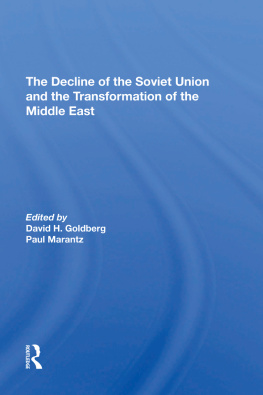
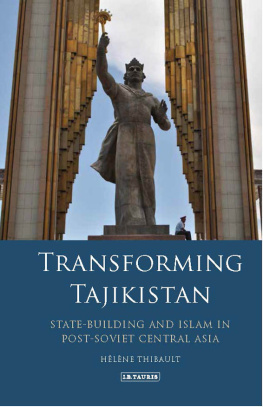
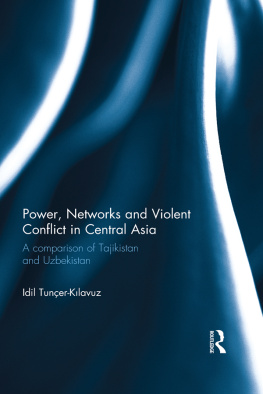
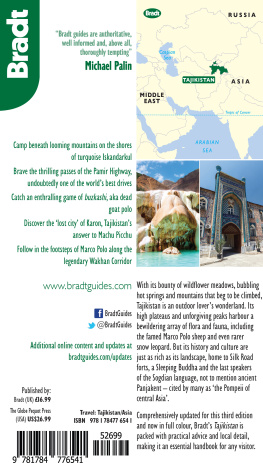
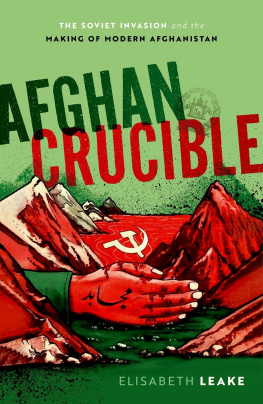
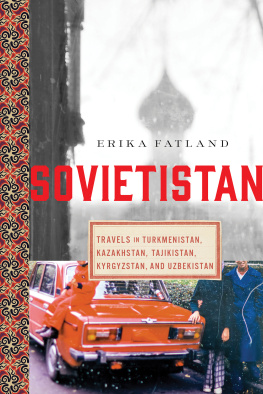
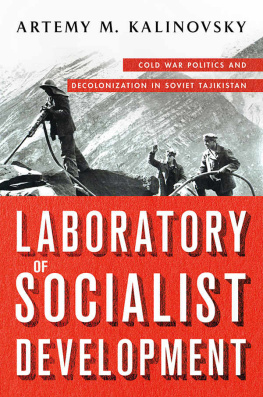

 The paper used in this publication meets the minimum requirements of American National Standard for Information Sciences Permanence of Paper for Printed Library Materials, ANSI/NISO Z39.48-1992.
The paper used in this publication meets the minimum requirements of American National Standard for Information Sciences Permanence of Paper for Printed Library Materials, ANSI/NISO Z39.48-1992.